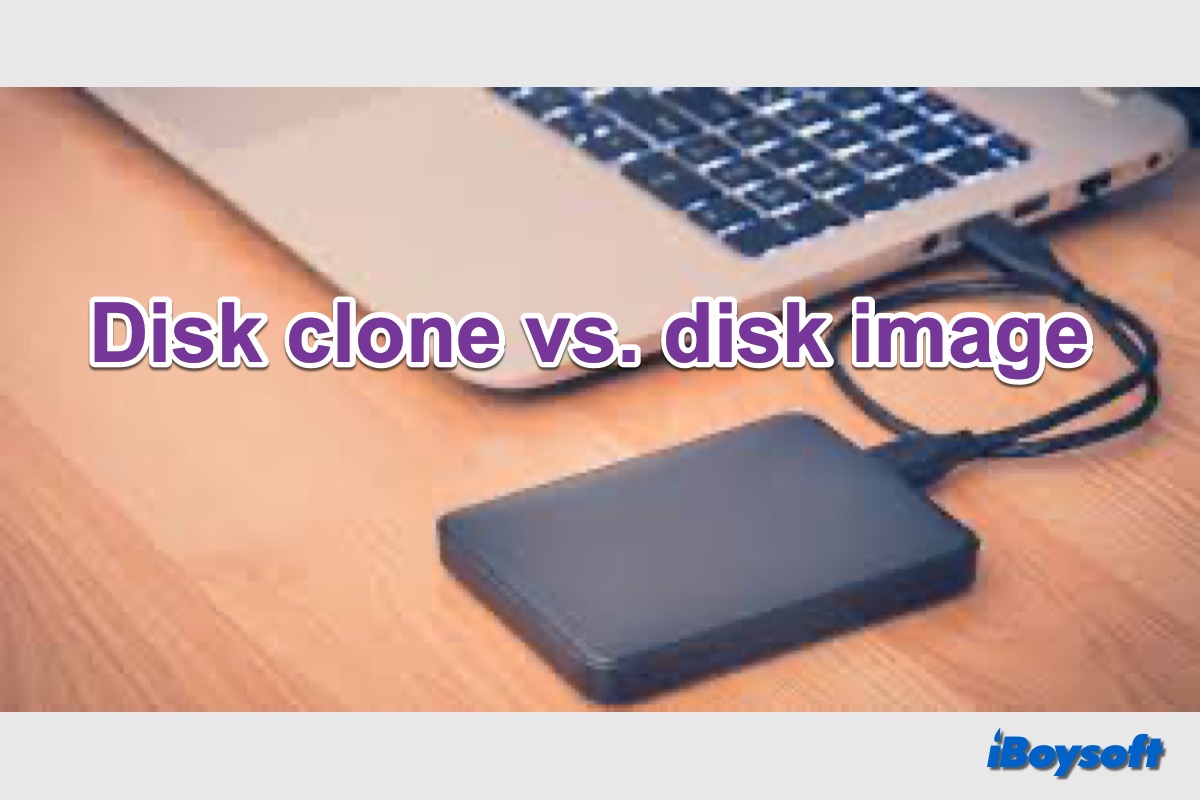In data management and backup solutions, two methods stand out for preserving data across devices: disk cloning and disk imaging. While they may seem similar at first glance, each serves distinct purposes, depending on the task. This post will explore the differences between disk cloning and disk imaging, helping you determine which is best suited for your needs.
What is disk cloning?
Disk cloning involves creating an exact, bootable copy of one hard drive to another. It is typically used when you need to replace or upgrade your hard drive. With a clone, you can transfer the entire contents of your current disk—including the operating system, programs, and files—directly to a new drive without needing to reinstall anything.
Cloning software duplicates your data sector by sector when it runs and copies a drive. This means that not only will the second drive contain all of your information, but they will also be physically arranged in the same order as they were on the parent drive. It includes the entire free space as well as any fragmentation that may have existed on it.
It can take a lot of time to perform complete backups for each file change on the source drive, especially for servers or big data volumes. Some clone software such as iBoysof DiskGeeker for Windows supports incremental clones, only the changes made since the last backup are copied, and the backup procedure is far faster and more effective when applying incremental clones.
Free download and install iBoysoft DiskGeeker for Windows!
Advantages of disk cloning:
- Immediate bootability: The cloned drive is bootable, meaning you can plug it into your machine and start it up as if nothing has changed.
- One-to-one copy: All data is transferred in its entirety, making it ideal for full system migration.
- No compression: Cloning doesn't compress files, so it's a perfect mirror of your original disk.
When to use disk cloning:
- Upgrading your hard drive to a larger capacity.
- Replacing an aging or failing hard drive.
- Migrating your system to an SSD for improved performance.
Share useful info about disk cloning!
What is disk imaging?
Disk imaging, on the other hand, involves creating a compressed file (image) that contains the full contents of a drive. This image file can then be stored on another device or location for future use. Unlike cloning, imaging does not create an immediately bootable copy, but it preserves the disk's entire state at a specific moment in time.
You can create differential and incremental images after you've created an initial full image. These make far smaller image files and run considerably faster than complete images.
The changes made to the imaged file system since the last complete picture are stored in a differential image. The system can be fully restored with just one differential and the full, but subsequent differentials can be taken.
In contrast to differential images, incremental images only record file system changes since the last image, whether it be incremental, differential, or full. As a result, the entire image and several incremental images that make up the resultant backup set are necessary for a proper system restoration.
Advantages of disk imaging:
- Space-efficient: Disk images are compressed, taking up less space than a direct clone.
- Multiple backup options: You can store multiple disk images on a single drive, providing several restore points.
- Incremental backups: Many imaging tools allow for incremental updates, meaning you only save changes made since the last image, saving both time and space.
When to use disk imaging:
- Creating regular backups of your entire system.
- Archiving data for future retrieval.
- Saving storage space by compressing backups.
Help others understand disk imaging!
Key differences between disk clone and disk image
These procedures are usually used to back up your hard drive or assist you in upgrading to a quicker and larger storage device. Nonetheless, cloning is the superior choice for storage drive upgrades, while disk imaging typically makes more sense when making a backup.

Disk clone vs. disk image:
| Comparison | Disk clone | Disk image |
| Bootability | Disk cloning produces a bootable drive | A disk image requires restoration before it can be used |
| Compression | Make an uncompressed duplicate of the original hard drive | Create a huge compressed file with a mirror image of the source hard drive |
| Storage requirements | Cloned disks require a drive of equal or greater size than the original | Disk images, being compressed, take up less space and can be stored on various media |
| Flexibility | It is possible to make a mirror image of a specific drive volume or the complete hard drive. You can choose the starting and ending points to create disk image | Unable to select a particular drive partition or specify the starting and ending point |
| Ease of use | With disk cloning, you can instantly boot from your backup. | With disk imaging, you must first restore the image to a drive, making it a bit more time-consuming in case of emergencies. |
Disk clone vs. disk image: which one should you choose?
Both disk imaging and disk cloning have pros and cons. Disk imaging is the ideal choice if you wish to reinstall your operating system on several devices. Suppose you need to replace your hard drive because it is getting old or keeps crashing, or you run out of disk space and decide to upgrade from your primary mechanical hard drive (HDD) to a fast new SSD flash drive, then cloning is the best option in that case.
Read also:
Let others know the differences between disk clone and disk image!